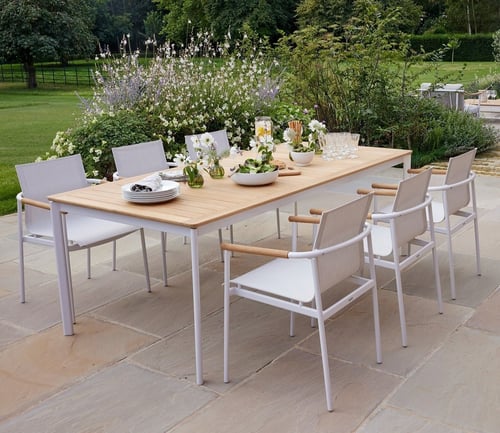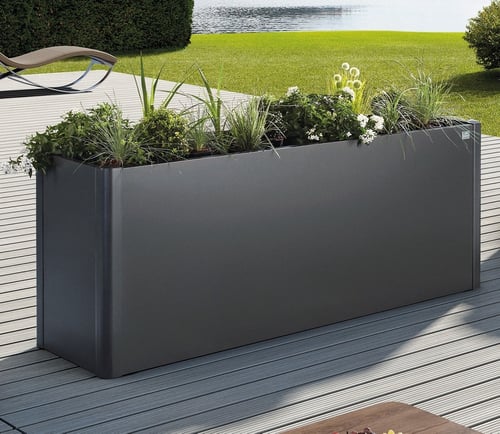‘There’s no greater taste of the British summer than freshly picked berries from the garden’
This assertion underpinned a fascinating half hour in which the viewer was shown how easy soft fruit is to grow, its year round interest and the huge range that’s available.
Starting off at RHS Rosemoor in Devon, Alys explained that at one time every garden would have soft fruit but now we would rather buy it from the supermarket or pick our own farms.
This is probably because soft fruit has gained a reputation for being difficult to maintain, hard to grow and with a tendency to take up too much space. But this isn’t necessarily so.
Easy to grow in containers
Many types of soft fruit can be grown in containers, and they can be attractive plants with all year round interest.
Blueberries for example will crop heavily if they are kept well watered in ericaceous compost. Chokeberries are a ‘super fruit’ packed full of anti-oxidents and Chilean Guava, are both easy to grow in moist well-drained multi-purpose compost with the container in a sunny, sheltered position.
If you like using terracotta pots, Alys gave viewers some hints to stop the compost from drying out too quickly - either line the pot with cardboard or an old compost bag.
Alternatively, place the container in a saucer of water and, if you have more than one, group the containers together.
Unusual varieties
Victoriana Nursery Gardens provided the setting for the viewer to see a huge variety of unusual soft fruit including the Honeyberry and the Boysenberry.
The latter is a cross between a loganberry and a blackberry but, although delicious, there is no chance of finding it in a supermarket as it doesn’t travel well enough.
And if you’re worried about thorns, we saw a thornless Tayberry. ‘Buckingham’. Normally soft fruit with thorns taste better but this variety bucks the trend.
Building a cage to protect your berries can be relatively simple using dowels in the corners of a plot with flexible piping arched over and covered in netting. Make sure the netting is small enough to deter pigeons, other birds and mice but large enough to allow in pollinators.
However, some soft fruit such as gooseberries, crop so well that there are more than enough berries to satisfy both the grower and the birds.
By the end of the programme I was convinced that soft fruit is worth growing. It is, without doubt, easy to grow, it’s hardy, perennial and with a little effort, you’ll be rewarded with a lot of berries.















